Photons in a nonlinear cavity perform “negative” work on a mechanical oscillator, cooling it toward its ground state.
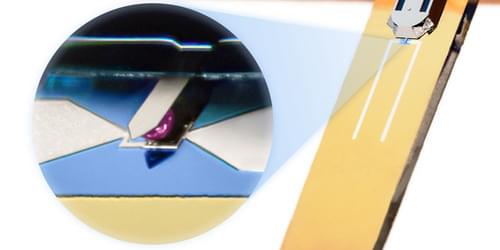

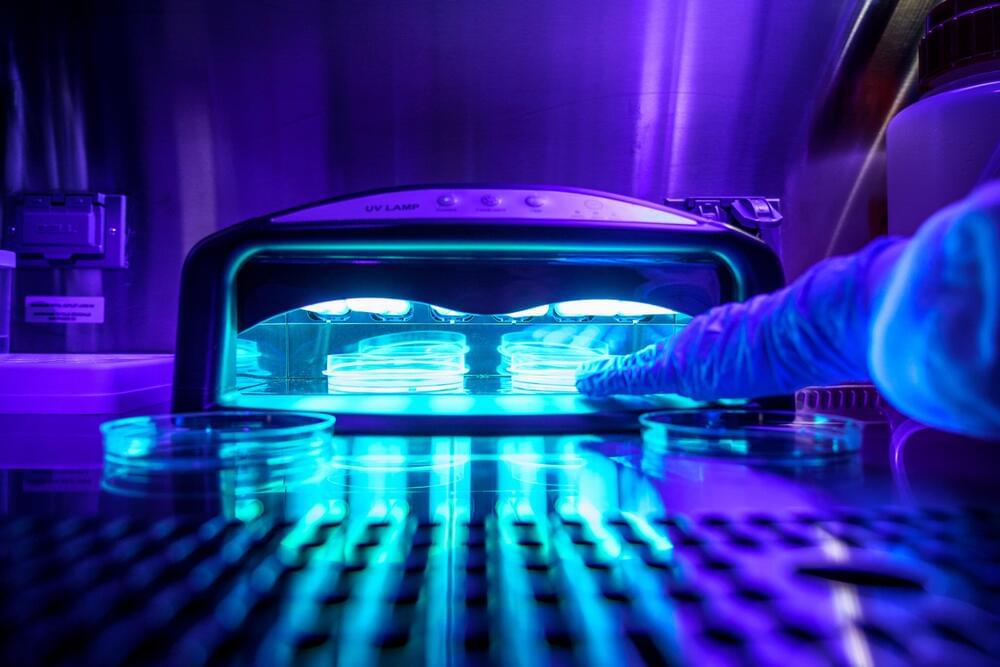
The ultraviolet nail polish drying devices used to cure gel manicures may pose more of a public health concern than previously thought. Researchers at the University of California San Diego have studied these ultraviolet (UV) light emitting devices, and found that their use leads to cell death and cancer-causing mutations in human cells.
The devices are a common fixture in nail salons, and generally use a particular spectrum of UV light (340-395nm) to cure the chemicals used in gel manicures. While tanning beds use a different spectrum of UV light (280-400nm) that studies have conclusively proven to be carcinogenic, the spectrum used in the nail dryers has not been well studied.
“If you look at the way these devices are presented, they are marketed as safe, with nothing to be concerned about,” said Ludmil Alexandrov, a professor of bioengineering as well as cellular and molecular medicine at UC San Diego, and corresponding author of the study published in Nature Communications. “But to the best of our knowledge, no one has actually studied these devices and how they affect human cells at the molecular and cellular levels until now.”

Since the success of the COVID-19 vaccine, RNA therapies have been the object of increasing interest in the biotech world. These therapies work with your body to target the genetic root of diseases and infections, a promising alternative treatment method to that of traditional pharmaceutical drugs.
Lipid nanoparticles (LNPs) have been successfully used in drug delivery for decades. FDA-approved therapies use them as vehicles for delivering messenger RNA (mRNA), which prompts the cell to make new proteins, and small interfering RNA (siRNA), which instruct the cell to silence or inhibit the expression of certain proteins.
The biggest challenge in developing a successful RNA therapy is its targeted delivery. Research is now confronting the current limitations of LNPs, which have left many diseases without an effective RNA therapy.

For millions of years, nature has basically been getting by with just a few elements from the periodic table. Carbon, calcium, oxygen, hydrogen, nitrogen, phosphorus, silicon, sulfur, magnesium and potassium are the building blocks of almost all life on our planet (tree trunks, leaves, hairs, teeth, etc). However, to build the world of humans—including cities, health care products, railways, airplanes and their engines, computers, smartphones, and more—many more chemical elements are needed.
A recent article, published in Trends in Ecology and Evolution and written by researchers from CREAF, the Universitat Autònoma de Barcelona (UAB) and the Spanish National Research Council (CSIC), warns that the range of chemical elements humans need (something scientifically known as the human elementome) is increasingly diverging from that which nature requires (the biological elementome).
In 1900, approximately 80% of the elements humans used came from biomass (wood, plants, food, etc.). That figure had fallen to 32% by 2005, and is expected to stand at approximately 22% in 2050. We are heading for a situation in which 80% of the elements we use are from non-biological sources.
Artificial neural networks that are inspired by natural nerve circuits in the human body give primates faster, more accurate control of brain-controlled prosthetic hands and fingers, researchers at the University of Michigan have shown. The finding could lead to more natural control over advanced prostheses for those dealing with the loss of a limb or paralysis.
The team of engineers and doctors found that a feed-forward neural network improved peak finger velocity by 45% during control of robotic fingers when compared to traditional algorithms not using neural networks. This overturned an assumption that more complex neural networks, like those used in other fields of machine learning, would be needed to achieve this level of performance improvement.
“This feed-forward network represents an older, simpler architecture—with information moving only in one direction, from input to output,” said Cindy Chestek, Ph.D., an associate professor of biomedical engineering at U-M and corresponding author of the paper in Nature Communications.
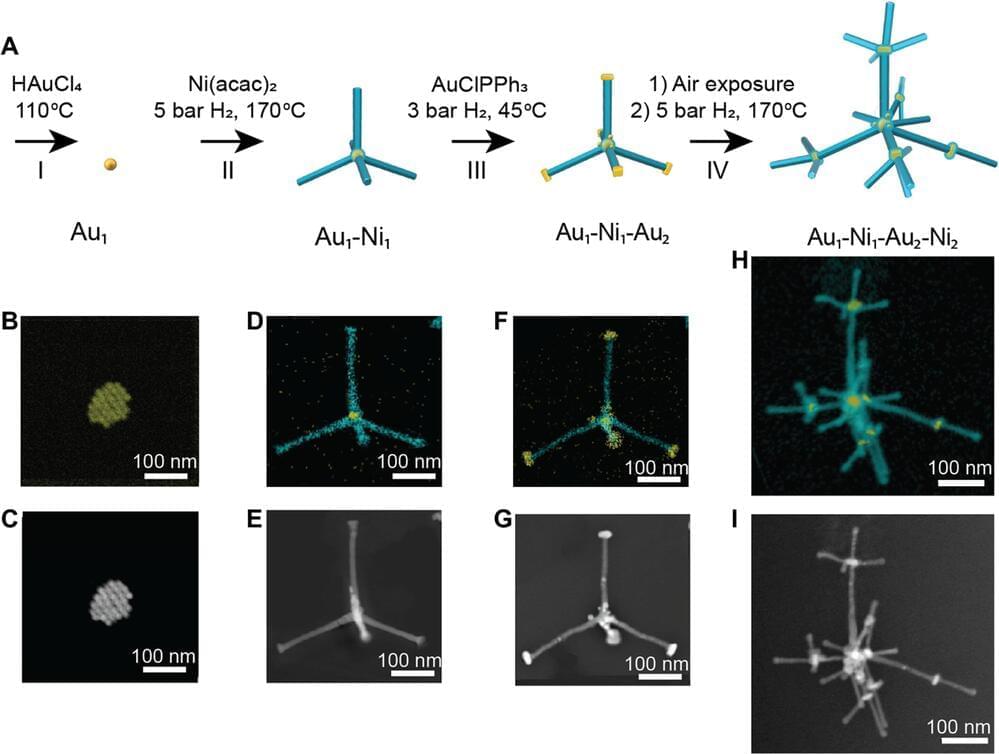
Scientists from UNSW Sydney have demonstrated a novel technique for creating tiny 3D materials that could eventually make fuel cells like hydrogen batteries cheaper and more sustainable.
In the study published in Science Advances, researchers from the School of Chemistry at UNSW Science show it’s possible to sequentially “grow” interconnected hierarchical structures in 3D at the nanoscale which have unique chemical and physical properties to support energy conversion reactions.
In chemistry, hierarchical structures are configurations of units like molecules within an organization of other units that themselves may be ordered. Similar phenomena can be seen in the natural world, like in flower petals and tree branches. But where these structures have extraordinary potential is at a level beyond the visibility of the human eye—at the nanoscale.
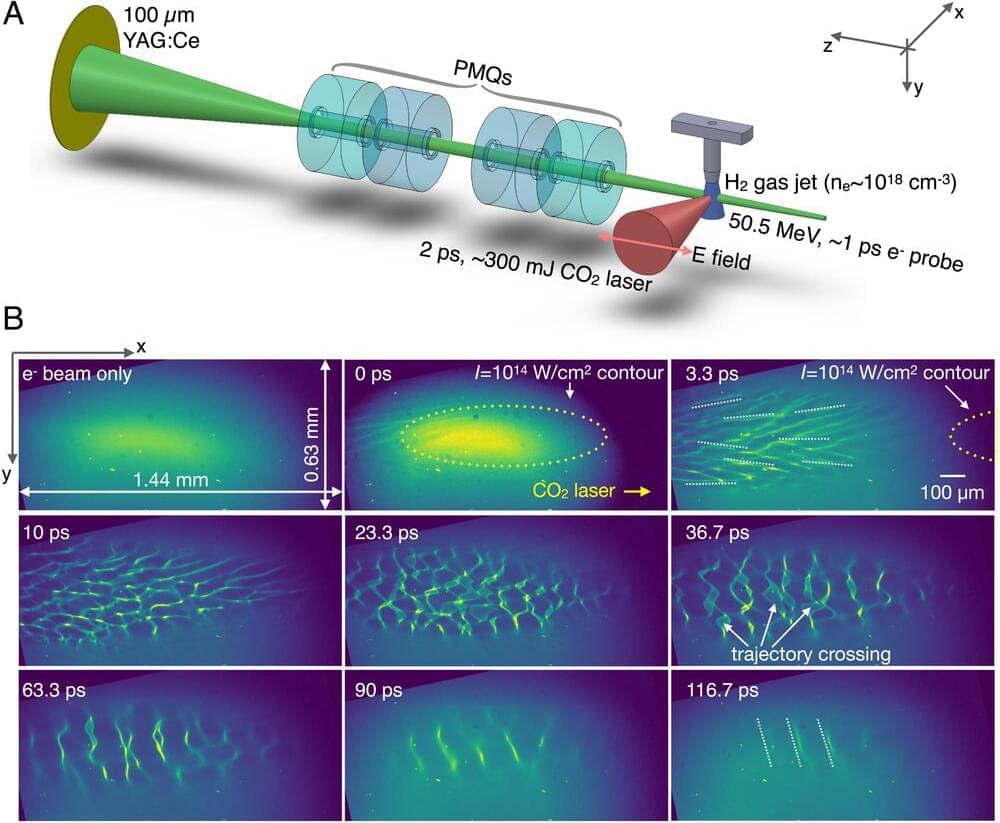
Plasma is matter that is so hot that the electrons are separated from atoms. The electrons float freely and the atoms become ions. This creates an ionized gas—plasma—that makes up nearly all of the visible universe. Recent research shows that magnetic fields can spontaneously emerge in a plasma. This can happen if the plasma has a temperature anisotropy—temperature that is different along different spatial directions.
This mechanism is known as the Weibel instability. It was predicted by plasma theorist Eric Weibel more than six decades ago but only now has been unambiguously observed in the laboratory. New research, now published in Proceedings of the National Academy of Sciences, finds that this process can convert a significant fraction of the energy stored in the temperature anisotropy into magnetic field energy. It also finds that the Weibel instability could be a source of magnetic fields that permeate throughout the cosmos.
The matter in our observable universe is plasma state and it is magnetized. Magnetic fields at the micro-gauss level (about a millionth of the Earth’s magnetic fields) permeate the galaxies. These magnetic fields are thought to be amplified from weak seed fields by the spiral motion of the galaxies, known as the galactic dynamo. How the seed magnetic fields are created is a longstanding question in astrophysics.
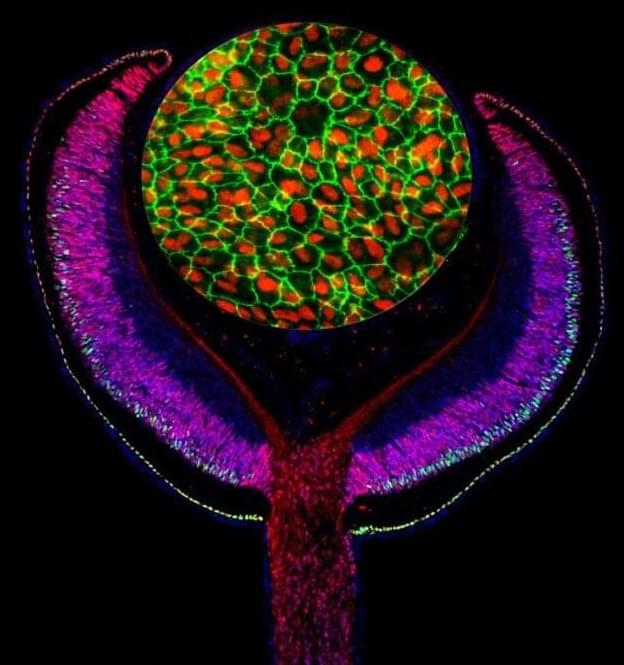
Combining a map of gene regulatory sites with disease-associated loci has uncovered a new genetic risk factor of adult-onset macular degeneration (AMD), according to a new study publishing January 17 in the open access journal PLOS Biology by Ran Elkon and Ruth Ashery-Padan of Tel Aviv University, Israel, and colleagues. The finding advances the understanding of the leading cause of visual impairment in adults.
AMD is caused by dysfunction in the retinal pigmented epithelium (RPE), a layer of tissue sandwiched between the photoreceptors that receive light, and the choriocapillaris, which nourishes the retina. Because of the central importance of the RPE in AMD, the authors began by exploring a transcription factor (a protein that regulates specific genes) called LHX2 which, based on the team’s analysis of mouse mutants, is central to RPE development. Knocking down LHX2 activity in RPE derived from human stem cells, they found that most affected genes were down-regulated, indicating that LHX2’s role was likely that of a transcriptional activator, binding to regulatory sites on the genome to increase activity of other genes.
The authors found that one affected gene, called OTX2, collaborated with LHX2 to regulate many genes in the RPE. By mapping the genomic sites that OTX2 and LHX2 could bind to, they showed that 68% of those that bound LHX2 were also bound by OTX2 (864 sites in all), suggesting they likely work together to promote the activity of a large suite of genes involved in RPE development and function.
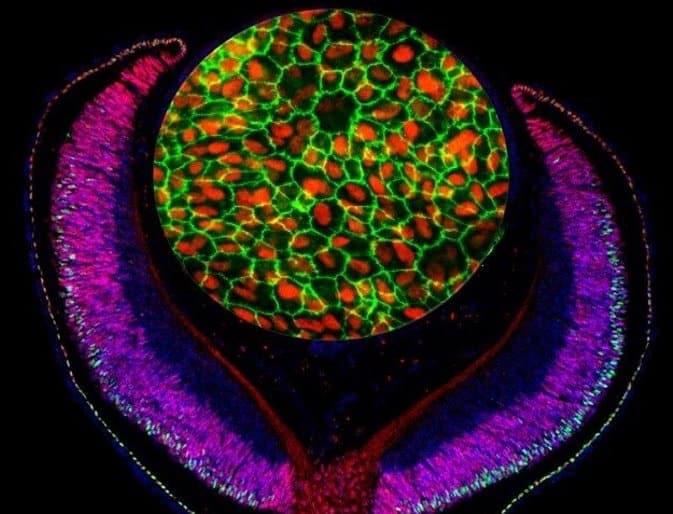
Summary: Study uncovers new genetic risk factors for age-related macular degeneration, a leading cause of vision loss in adults.
Source: PLOS
Combining a map of gene regulatory sites with disease-associated loci has uncovered a new genetic risk factor of adult-onset macular degeneration (AMD), according to a new study publishing January 17 in the open-access journal PLOS Biology by Ran Elkon and Ruth Ashery-Padan of Tel Aviv University, Israel, and colleagues.
Imagine you’re driving your Tesla, or an equivalent electric car, down the highway. Your battery is running low. Sure, you could pull off at the next exit and spend time, and energy, searching for a recharging station. Or you could simply change lanes and drive over special charging strips embedded in the road.
That’s the vision of Khurram Afridi, associate professor of electrical and computer engineering in the College of Engineering. He’s pioneering an innovative approach for the wireless charging of electric vehicles, autonomous forklifts and other mobile machines, while they remain in motion.
Cornell researchers are pioneering an innovative approach for the wireless charging of electric vehicles and other machines while they remain in motion.